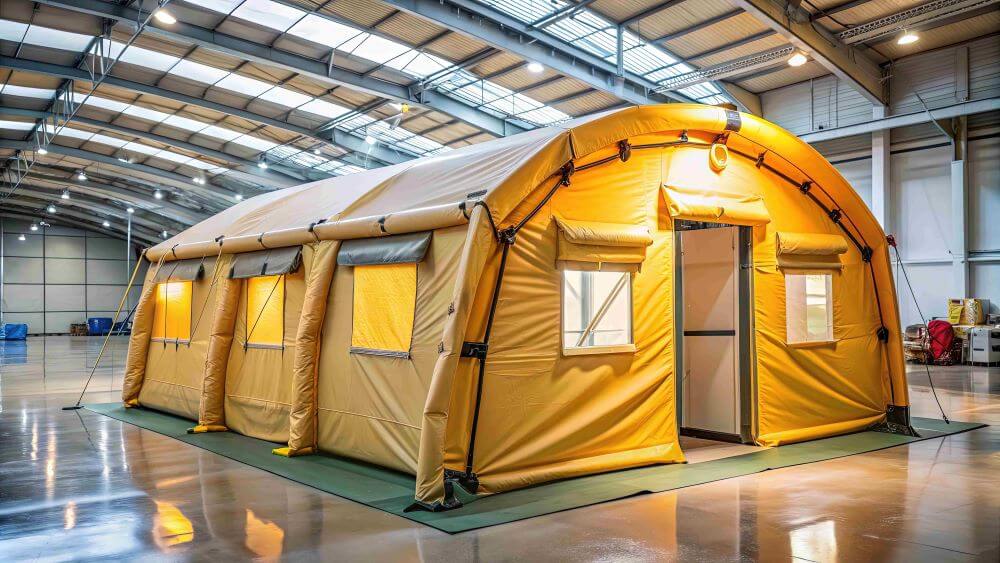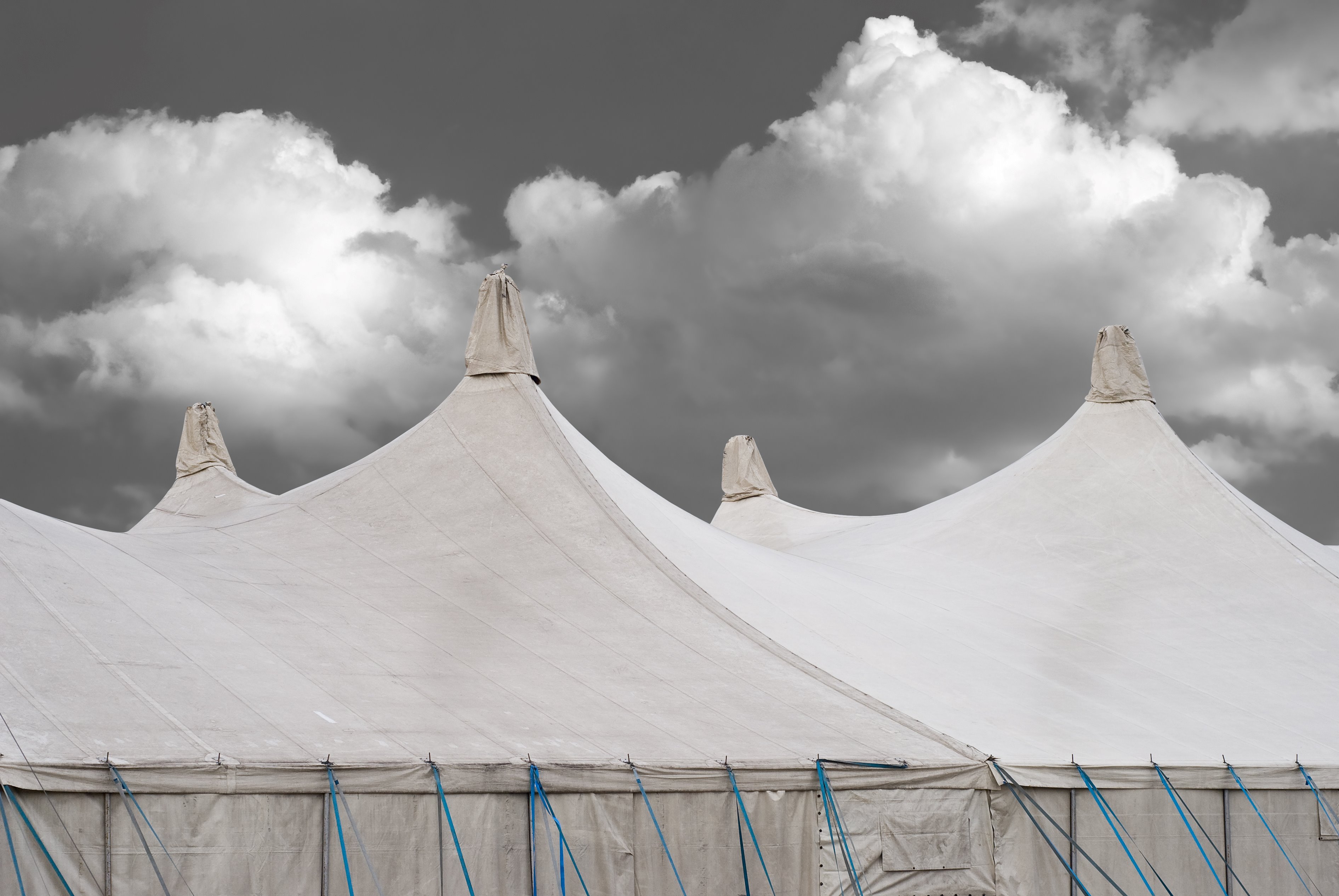The versatility of fabric tent enclosures has emerged as a game-changer, transforming the way people approach various sectors. From temporary shelters to event spaces, these innovative structures have become indispensable tools, catering to a wide range of applications and needs.
One key advantage of fabric tent enclosures is their adaptability. Unlike traditional permanent structures, these lightweight and portable solutions can be easily assembled, dismantled, and transported, making them ideal for applications that require flexibility and mobility. This characteristic has led to their widespread adoption across multiple industries, each with its unique set of requirements and challenges.
Temporary Shelter and Disaster Relief
In times of crisis, when natural disasters or humanitarian emergencies strike, the need for rapid and efficient shelter solutions becomes paramount. Fabric tent enclosures have proven to be invaluable in these scenarios, providing quick-to-deploy and easily configurable shelters for displaced individuals and emergency response teams. Their ability to be set up in a matter of hours, combined with their durability and weather-resistant properties, make them essential tools in disaster relief efforts.
The lightweight maintenance enclosure design of these fabric structures allows for efficient transportation and storage, ensuring that they can be rapidly deployed to areas in need. This flexibility is particularly crucial in remote or hard-to-reach locations where traditional construction methods may be impractical or logistically challenging.
Event and Hospitality Sector
The event and hospitality industry has readily embraced the use of fabric tent enclosures, recognizing their versatility and ability to transform any outdoor space into a vibrant and functional event venue. From corporate gatherings and music festivals to weddings and private parties, these structures offer a versatile canvas for event organizers to create unique and immersive experiences.
The modular design of fabric tent enclosures allows for customization, enabling event planners to tailor the space to their specific needs. Whether it’s a gala dinner, a trade show exhibition, or a concert, these structures can be configured to accommodate various seating arrangements, stage setups, and logistical requirements.
Furthermore, the lightweight and easy-to-assemble nature of fabric tent enclosures makes them an attractive option for event organizers, as they can be quickly erected and dismantled, reducing setup and tear-down times and minimizing disruption to the surrounding environment.
Construction and Industrial Applications
The construction and industrial sectors have also discovered the benefits of fabric tent enclosures. These structures can serve as temporary workspaces, storage facilities, and even specialized production environments, providing a cost-effective and adaptable solution for various on-site needs.
In the construction industry, fabric tent enclosures can be used to create temporary offices, break rooms, and equipment storage areas at job sites. Their ability to be quickly assembled and disassembled allows for seamless integration with the construction timeline, minimizing disruptions to ongoing projects.
Similarly, in the industrial sector, fabric tent enclosures can be utilized as temporary production or assembly spaces, offering a controlled and protected environment for manufacturing processes. These structures can be customized to accommodate specific equipment, ventilation requirements, and environmental conditions, making them a versatile option for industrial applications.
Military and Defense Applications
The versatility of fabric tent enclosures extends to the military and defense sectors where these structures have become invaluable assets. In military operations, these lightweight and portable shelters can be rapidly deployed to provide temporary housing, field hospitals, or command centers in remote or challenging environments.
The durability and weather-resistant properties of fabric tent enclosures make them well-suited for harsh conditions encountered in military deployments. Additionally, their compact size and ease of transport allow for efficient logistics, enabling rapid deployment and redeployment as needed.
Beyond military applications, fabric tent enclosures have also found use in emergency response and disaster relief efforts within the defense sector. These structures can be quickly set up to provide temporary shelter, medical facilities, or logistical support during natural disasters or humanitarian crises.
Agricultural and Rural Applications
The agricultural and rural sectors have also recognized the value of fabric tent enclosures. In the agricultural industry, these structures can be utilized as temporary greenhouses, livestock shelters, or storage facilities for harvested crops.
The controlled environment provided by fabric tent enclosures can be particularly beneficial for specialized agricultural applications, such as seedling propagation or crop protection during adverse weather conditions. Additionally, the ease of installation and relocation of these structures allows for efficient resource management and adaptability to changing farming needs.
Conclusion
The continued advancements in fabric tent enclosure technology and their widespread adoption across diverse sectors suggest that these innovative structures will play a vital role in addressing the challenges and opportunities of the future. By embracing the versatility and flexibility of fabric tent enclosures, industries can adapt and thrive in an ever-changing landscape.


